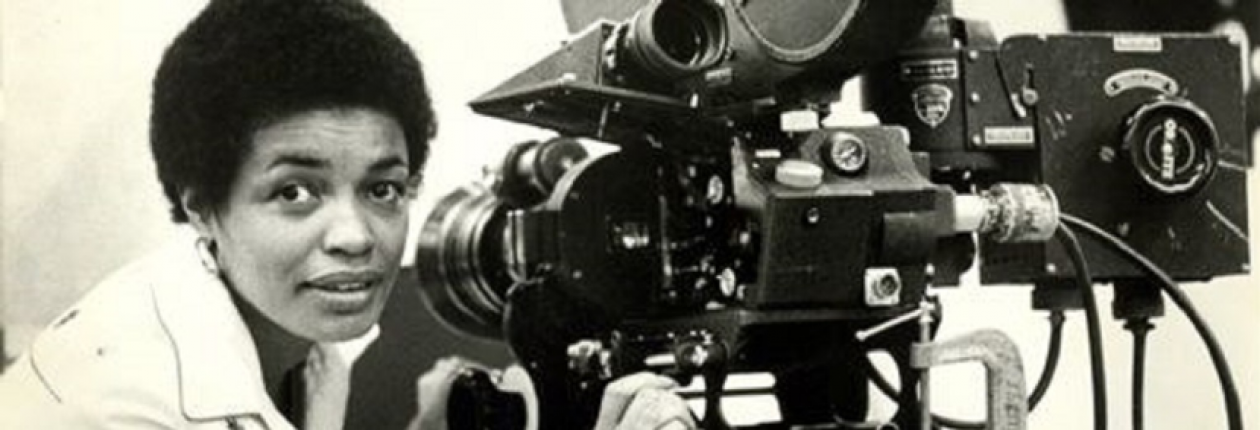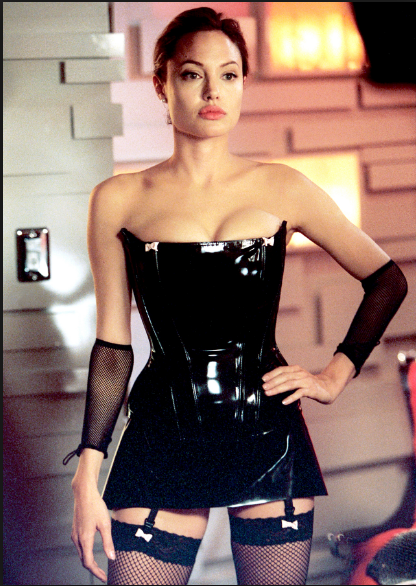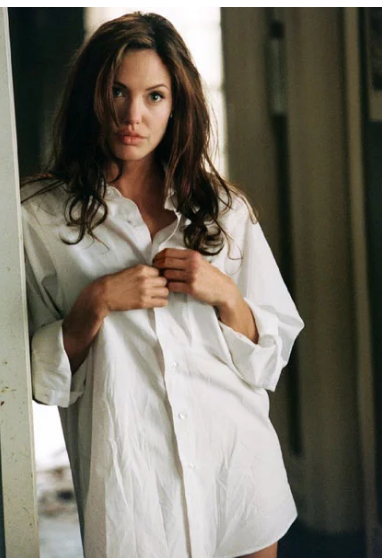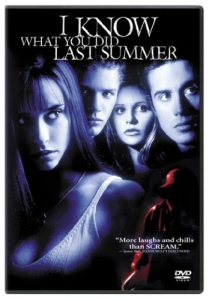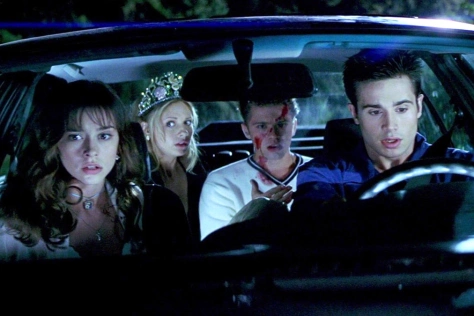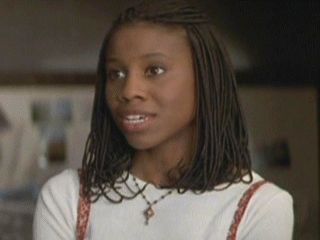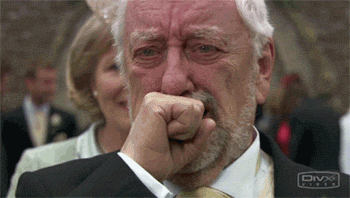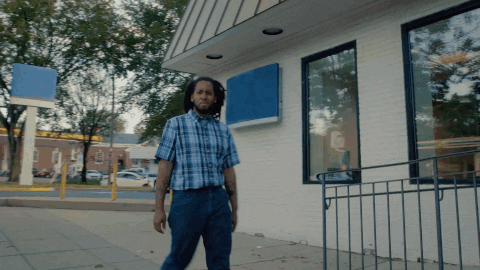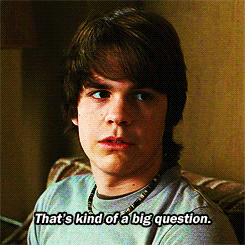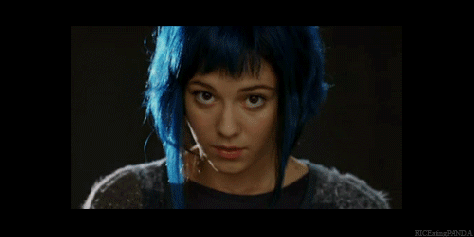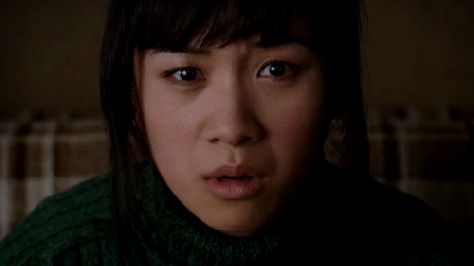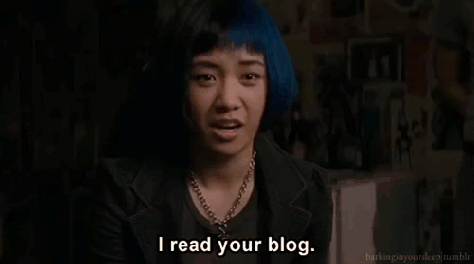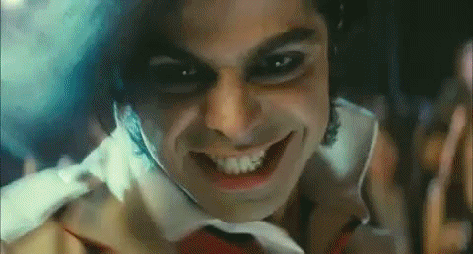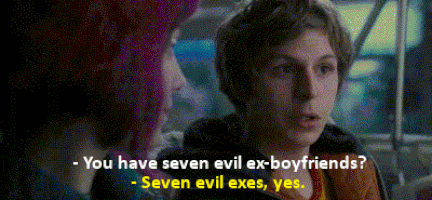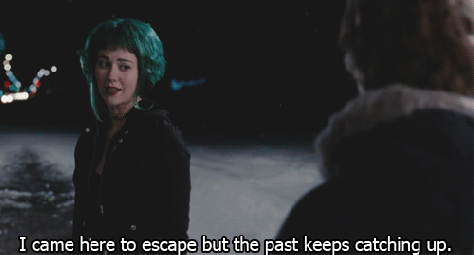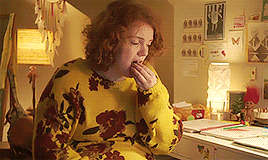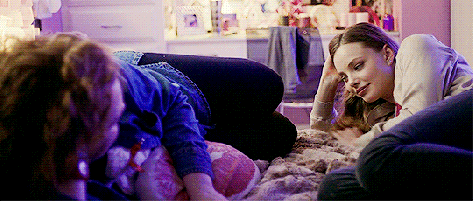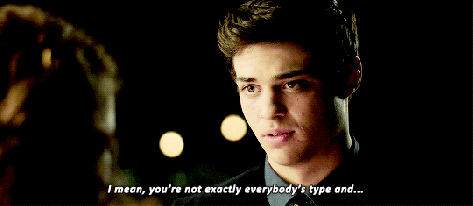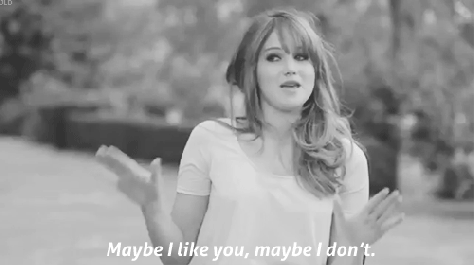The iconic pop idols Beyoncé and Jay Z challenge the white supremacist capitalist imperialist phallocentric gaze in their new music video “Apes**t”. When they take over what is considered one of the most prestigious institutions for fine Western art – Louvre – as their location for the music video, it clarifies the lyrics for the audience: “I can’t believe me made it”. The Carters show that they are holding the power now. They have taken over the elite space and challenge our white western male gaze and the stereotypical viewing of black people.
In this musicvideo, the Carters put themselves at the center of the scene, in the position of the “to be looked at-ness”. We as the spectators get the pleasure of looking at their beautiful powerful rebellious appearance. In big parts of the video, the couple is staged in front of the Mona Lisa painting with their backs turned against the painting as the opposite of what you would normally do in that space. By placing themselves in front of the Mona Lisa and not giving it any attention by looking at it, they are questioning what’s usually considered as the object of desire. They are challenging the notions of her value, and in the broader context, the value of the perspective and the gaze that all the art at the Louvre was made from – the white western patriarchal perspective.
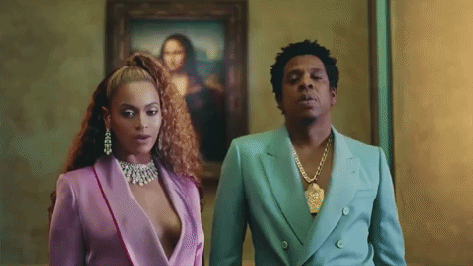
At the same time, they also take on the role as the spectators as they constantly hold their eyes at the camera almost through the whole video. In a lot of the clips, they stand in a static non-moving pose, as if it were a picture, the only thing moving is their eyes always following the camera. This video is a prime example of what Hook means when she says, “there is a power in looking” (Hooks 1996, 247). With their ice-cold gaze, they show their resistance – the resistance of the white supremacy and the claiming of a predominantly white space. They show their power by steering, calming black people’s right to gaze as a political commentary to what has always been the white man’s right.
“My mother taught me the importance of not just of being seen but of seeing myself,” said Beyoncé to the magazine Vogue in August this year. In this sentence, Beyoncé pinpoints Hooks notion of the black female spectator. The fact that the representation of black women in media has been so sexist and stereotypical has forced black women to look critically at what they have been shown. “Given the context of class exploitation, and racist and sexist domination, it has only been through resistance, struggle, reading, and looking “against the grain” that black women have been able to value our process of looking enough to publicly name it” (Hooks 1996,258). Beyoncé shows this theme in the clip where she and the troupe of dancers stand in front of the Jaques-Louis David’s The Consecration of the Emperor Napoleon and the Coronation of Empress Joséphine. Again, neither the dancers or Beyoncé ever takes a look at the classist painting behind them. By their dancing, they claim the spectators’ attention, while the painting again works as just a background. The black women, of different shades, marked by clothing fitted for their shade, holds hands and show their strength and resistance as a critique of their lack of representation within the western art canon.
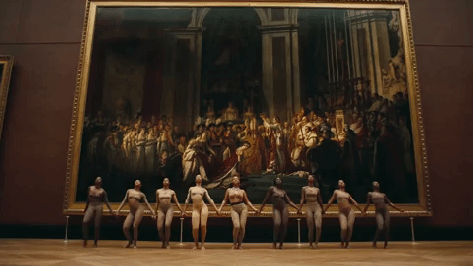
As they celebrate their beauty trough amazing choreography and a majestic powerful appearance, they also present a resistance by challenging the stiff predominantly white museum institution and transform the Louvre to a marker for their own success. With this video, the Carters blur the lines of high culture and pop culture. The lyrics saying “We made it!” gives hints about the ambiguous aspect of their roles as outsiders within with an oppositional gaze – they spot the hypocrisy of the supremacist power dynamic, but also take advantage of it. This is not just a happy celebration of their own success, but an ironic identification. The short clips of real black lives, with the recreation of the NFL players kneeling, as a reference to police brutality stands in stark contrast to the couple rich, successful couple at Louvre. By being a part of both worlds, the black experience and being a part of the pop culture elite, it gives more power to their “fuck you” to the white supremacy.
The Carters seem like they are very conscious of their double standard of appreciating high art, but also being conscious of the historical inequality and repression that art represents. Their power lies in the counterpoint they represent by appropriation Louvre. Being a part of a marginalized and often stigmatized community, but also by being a part of the pop culture elite and acknowledge that, they have the power to both correct and remind us of the erasure of black lives and also potentially ordain a new status quo by establishing a new black elite.
Sources
Hooks, Bell. “The Oppositional Gaze: Black Female Spectators”. New Jersey 1996
https://www.vogue.com/article/beyonce-september-issue-2018
https://news.artnet.com/art-world/beyonce-jay-z-louvre-apeshit-1304711
